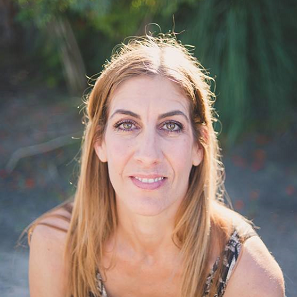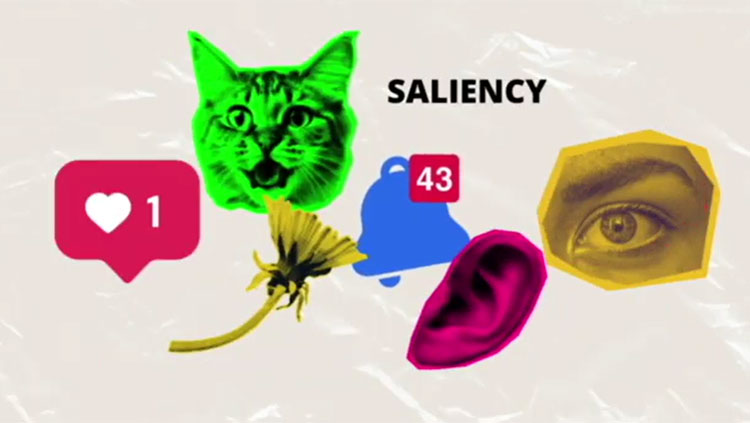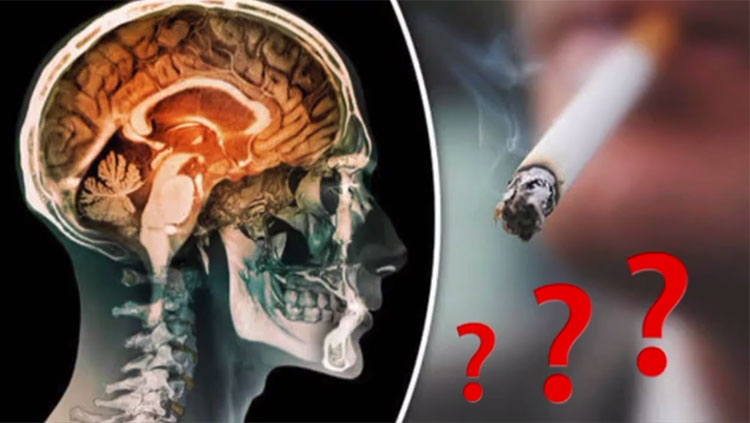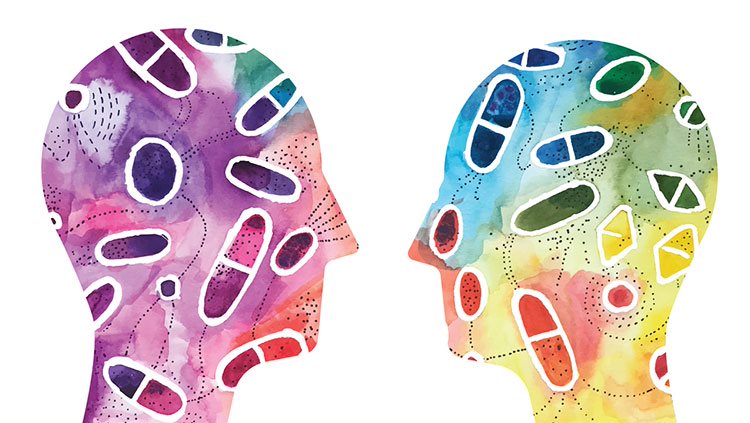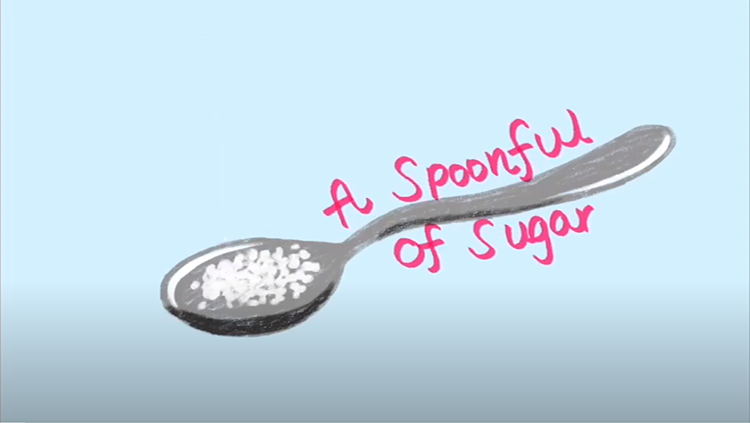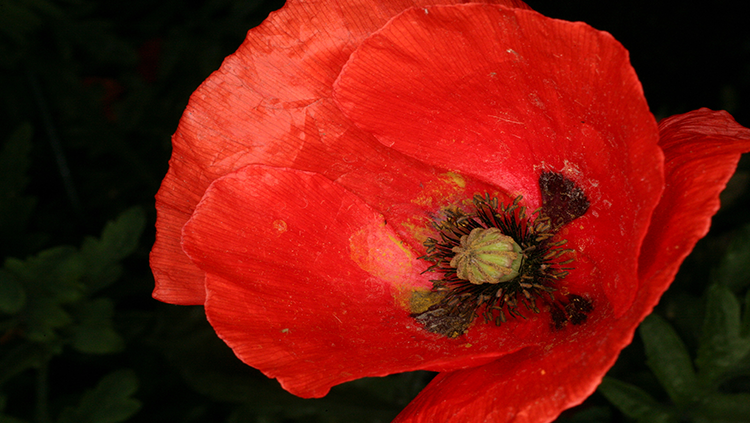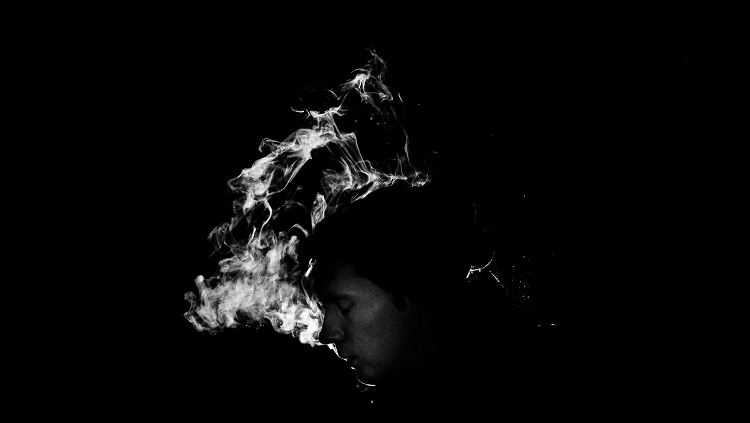Social Connection May Help Avoid Opioid Addiction Relapse
- Published15 Mar 2019
- Reviewed15 Mar 2019
- Author Stephani Sutherland
- Source BrainFacts/SfN
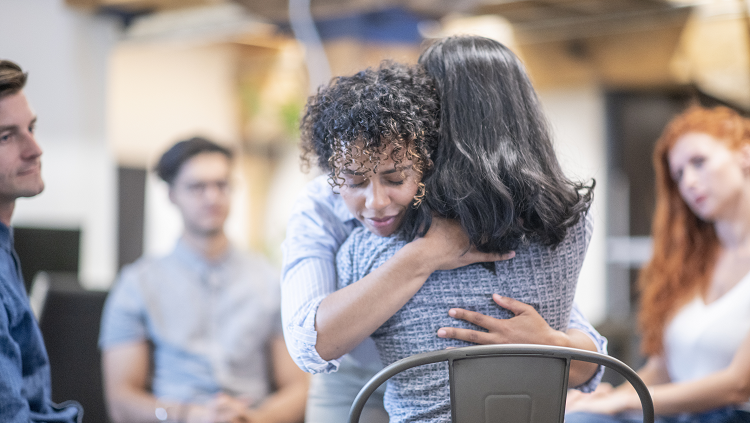
When Starr landed in prison at age 35, addicted to opioids, she decided to change her life and get off drugs. She got clean. But not without intensive treatment in prison and after her release. Five years later, she remains clean.
Addiction, or substance use disorder (SUD), is a brain disease that drives compulsive drug taking in the face of tremendous risks. Among the estimated two million Americans with SUD, Starr is the exception rather than the rule; the majority of people who go through opioid addiction treatment relapse within a year.
Starr believes her success came as a result of therapy, both in prison and upon her release, that incorporated social interactions like group therapy.
Now, research in laboratory animals suggests that addiction treatment that emphasizes social connection could improve the chances for people with SUD to stay clean, guarding against intense drug cravings — a symptom of addiction that causes relapse. Members of the research team at Yavin Shaham’s lab in the National Institute on Drug Abuse (NIDA) Intramural Research Program, presented this work at the annual meeting of the Society for Neuroscience in November 2018 in San Diego.
It’s not about what happens during the first few days, when there are withdrawal symptoms — it’s about what happens after that.
Among the greatest symptoms driving people to take drugs again after quitting is craving, an intense desire or compulsion to take the drug. Cravings arise in response to “triggers,” or cues that remind one of drug taking. In a phenomenon demonstrated in both people and rodents called incubation, craving actually become more intense over time. “It’s not about what happens during the first few days, when there are withdrawal symptoms — it’s about what happens after that,” said David Epstein, a researcher at NIDA. Epstein studies SUD in humans, but often collaborates with researchers in Shaham’s lab.
“In rats, even after signs of withdrawal disappear, there’s a long-term increase in responding to cues that were previously paired with drug-taking,” Epstein said. “That increase in responding gets more intense for about three months before it starts fading; that is what we call incubation.”
Cues that can trigger craving in people include being in the place where they used a drug or being around people who they have used drugs with. Starr says she did not have strong cravings in prison — perhaps because the environment was different than where she used drugs. Once out of prison, she says she stayed busy to avoid cravings, and leaned on her peers for support.
“In people, incubation is usually harder to see,” Epstein said, “because when a person’s cravings get very intense, the person can go back to drug use.” But Epstein’s group showed in an experiment with cigarette smokers that craving intensifies over time in people as well as rodents. “We [paid] smokers to quit for one week, two weeks, or 35 days. At the end of their assigned quit period, we tested their craving. The people who were assigned a 35-day period were the biggest cravers.”
Previous studies using rat drug self-administration models showed time-dependent increases in drug seeking during periods of forced abstinence in the rats’ homecage. In Yavin Shaham’s lab, NIDA post-doctoral researchers Ida Fredriksson and Marco Venniro, wanted to understand how cravings might be affected by different types of abstinence. They trained rats to press a lever to receive a dose of an opioid drug (oxycodone or heroin) for 14 days. Each time rats administered the drug, a cue — a light or light and tone — was paired with drug injections. Later, rats pressed the lever in response to the cue; how many times they pressed it was an indication of craving. During forced abstinence — when the rats simply lost access to the drug — the animals pressed a lever more times in response to drug cues after 15 and 30 days compared to on day one, indicating incubation of craving.
In another experiment, rats had access to the opioid drug, but to get it they had to endure electric shocks of increasing intensity. Eventually, the rats chose to abstain from the drug rather than get a shock. Rats that abstained due to these negative consequences showed increased incubation of craving compared with rats with forced abstinence.
Previous studies have shown that social contact can be protective against drug abuse and relapse in both rodents and people, so Venniro decided to test whether interacting with another rat might reduce craving in addicted rats.
I probably would have gone back to my old ways.
Rats had access to heroin for 14 days, after which they had the choice to access drugs or to spend time in contact with another rat. By and large, rats chose the social interaction over the drug. Rats were tested for craving incubation — indicated by lever-pressing — on days one and 15. “Marco saw an attenuation of the incubation of craving,” said Fredriksson, who presented the work at a Neuroscience 2018 press conference. That was the opposite effect of the negative consequences of abstinence. “By providing a social reward, we may decrease relapse vulnerability,” which could translate to improved treatment in people.
Humans’ brains — and lives — are far more complex than those of rodents. But some basic neurobiology is shared between the species. “People and rats both need social interaction, but, for rats, the need is satisfied by things that are more immediate and concrete; it’s enough to have another rat right there for playing or cuddling,” Epstein said. “For people, the need for social connectedness goes beyond just having another person right there. People need to feel as if they count as a part of society,” which can be much harder to cultivate.
This may be why the residential treatment program Starr attended worked for her. It gave her the opportunity to get a job, save money, and set up a “normal” life after her release from prison. Without that, she says, “I probably would have [gone] back to my old ways.” Instead, “I was able to establish that life and build on it, and that made it easier to stay clean.”
CONTENT PROVIDED BY
BrainFacts/SfN
References
National Institute on Drug Abuse. (2019, January 22). Opioid Overdose Crisis. Retrieved March 14, 2019, from https://www.drugabuse.gov/drugs-abuse/opioids/opioid-overdose-crisis
Venniro, M., Caprioli, D., Hoots, J. K., Golden, S. A., C. H., Morales, M., . . . Shaham, Y. (2018). Volitional social interaction prevents drug addiction in rat models. Nature Neuroscience, 21, 1520-1529. doi: https://doi.org/10.1038/s41593-018-0246-6


